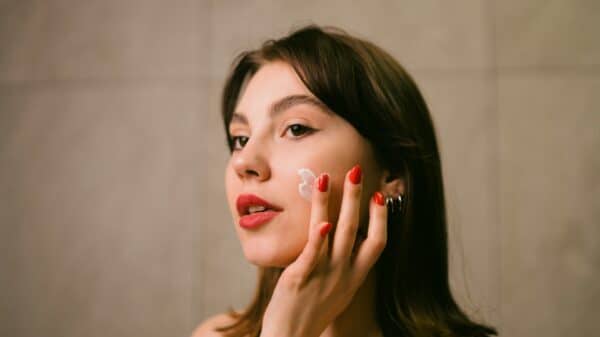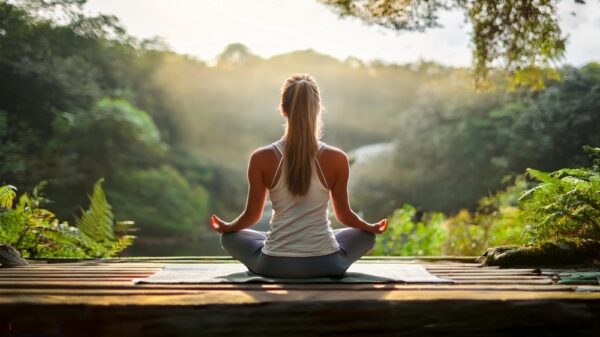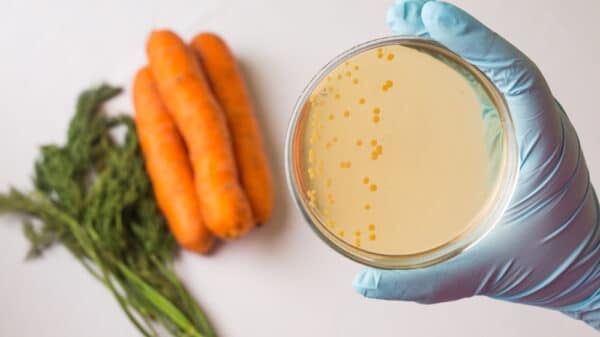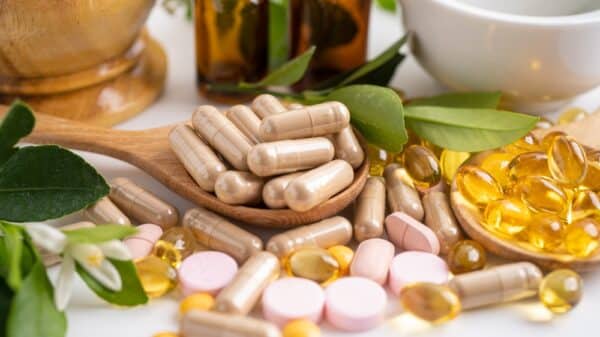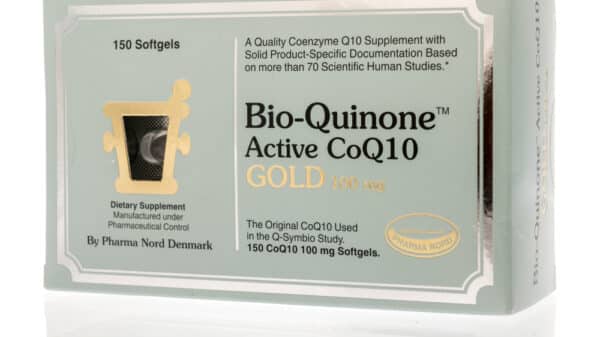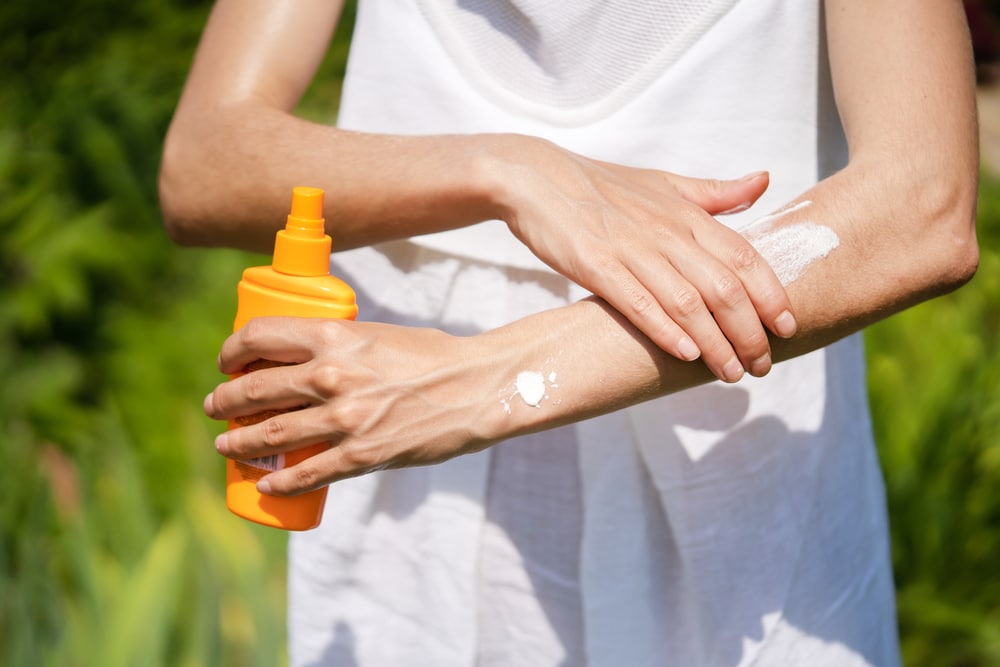A couple of years ago, I found myself in a tough spot. You know those days that feel like you’re dragging your feet through mud? That’s where I was—grappling with feelings of depression, overwhelming fatigue, and a constant parade of colds that seemed to knock at my door uninvited. Many of us have been there, right? So naturally, I made the smart move and consulted my healthcare provider. They ran some blood tests, and to my surprise, revealed something that didn’t quite click at first: I had significantly low levels of vitamin D. My provider suggested that this deficiency was likely the root cause of my seemingly endless list of symptoms. She prescribed vitamin D supplements, encouraged me to soak up more sunshine, and sent me on my way. However, after diligently following this plan, the pesky symptoms came creeping back.
It wasn’t until recently that I took a step back and realized my vitamin D deficiency might be linked to my experience as a Black woman. If you can relate, you’re not alone. It turns out that research indicates individuals with darker skin are more prone to experiencing a vitamin D deficiency, something I was completely unaware of until now. If you’re just discovering this nugget of information, let’s unpack why this deficiency is particularly relevant for people of color, how it can affect our overall well-being, and what health professionals recommend to maintain optimal vitamin D levels.
Why do people of color have a harder time absorbing vitamin D?
We all have melanin in our skin, but for those of us with darker complexions, it’s produced in greater amounts. This natural pigment is a beautiful part of who we are—responsible not only for our skin and hair color but also for providing some protection against the sun’s rays. However, here’s the kicker: while melanin acts as a shield from harmful UV radiation, it also makes it harder for our bodies to absorb the UVB rays needed to produce vitamin D.
Dr. Rachel Day, a medical expert and chief medical officer at Zest Health, explains that our skin starts making vitamin D when UVB rays collide with a cholesterol compound called 7-dehydrocholesterol. For those with higher melanin levels, there is a double-edged sword effect—while our skin is beautifully pigmented, it can also absorb and obstruct UVB radiation, which translates to less vitamin D production. This means that while we can still benefit from the sun, it takes significantly more exposure compared to those with lighter skin.
Data from a National Health and Nutrition Examination Survey highlights this disparity; about 75% of non-Hispanic Black adults who don’t take vitamin D supplements are found to be deficient. Given this surprising statistic, it’s no wonder many healthcare providers recommend vitamin D supplementation alongside diet changes, especially for those of us with deeper skin tones.
So, what biological factors determine how those of us with rich, melanin-imbued skin process vitamin D? Dr. Neha Chandan, a dermatologist, breaks it down: vitamin D synthesis follows the same initial steps for everyone, but due to our skin’s melanin content, the amount of UVB that penetrates deeper layers is reduced. This can lead to a frustrating cycle where we’re potentially left with lower vitamin D levels than we need.
What can those with darker skin do to boost their vitamin D levels?
If you’re wondering how to improve your vitamin D levels, especially during those gloomy winter months when sunlight is scarce, here are some effective strategies that can help.
Get outside (even when it’s cloudy)
During the cold months, many of us tend to shy away from the outdoors. But if you’re blessed with melanin-rich skin, it’s even more crucial to soak up some sun. You might think, “What sun? It’s overcast!” But here’s the thing: UVB rays can still break through the clouds and contribute to vitamin D synthesis—albeit in smaller amounts. Dr. Day mentions that during winter, the UVB rays are not only weaker but also less prevalent due to the sun’s angle and the shorter daylight hours.
So how long should we strive to spend outdoors? A study published in the BMJ showed that people with lighter skin require around 20 to 30 minutes in the sun several times a week to produce sufficient vitamin D. For those of us with darker skin, you might need anywhere from two to ten times that amount! It’s about making that conscious effort to step outside, even for just a little while each day.
Incorporate vitamin D and magnesium-rich foods
Another way to give your vitamin D levels a boost is through your diet! Researchers have pointed out that you can increase your vitamin D intake by indulging in certain delicious foods. Think fatty fish, like salmon or tuna; a spoonful of cod liver oil; egg yolks; creamy cheese; umami-packed mushrooms; or even vitamin D-fortified milk. Breakfast cereals can also pack in some vitamin D goodness. If you struggle with dietary restrictions, don’t hesitate to chat with your healthcare provider about alternative sources that are safe for you.
While Dr. Day encourages getting vitamin D through food, she emphasizes oral supplementation as a more effective approach to maintaining adequate levels for most individuals. When selecting a supplement, opt for vitamin D3, known to be the more effective type for raising and sustaining blood levels, according to the National Institutes of Health (NIH).
In general, many experts suggest that adults aim for about 1,000 to 2,000 International Units (IU) of vitamin D daily. Still, those of us with higher melanin levels should have our levels assessed to determine if we need medically supervised doses to tackle any significant deficiencies.
In conclusion, navigating vitamin D deficiency, especially for those of us with melanin-rich skin, is an experience shared by many. Empowering ourselves with the right information and taking proactive steps can help us stay healthy and vibrant, no matter the season. Remember, you’re not alone in this journey—understanding and addressing our unique health needs is a key part of cultivating wellness.








